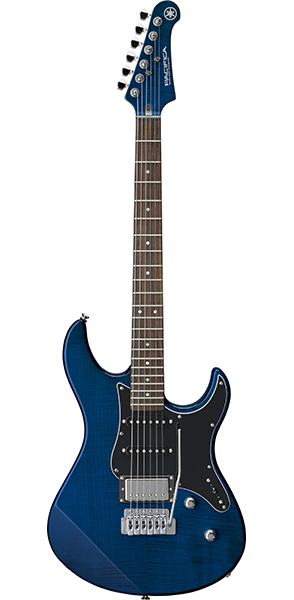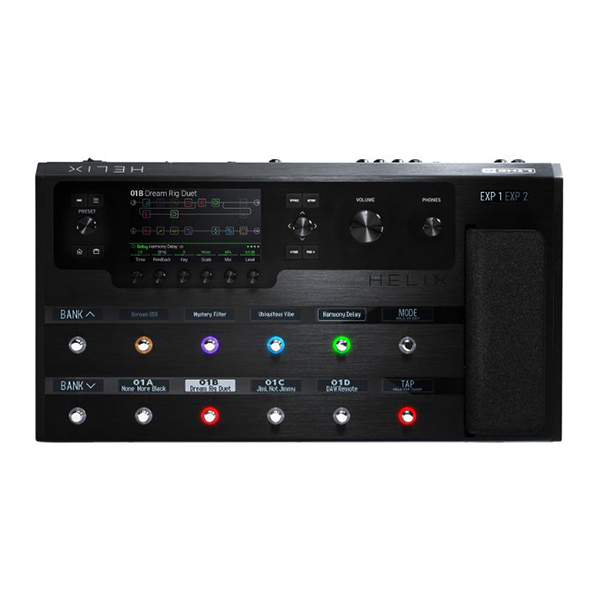This month we’re going to be jamming over a blues, rock progression with a tonal center resolution point of C7. We’ll be using C9 arpeggios and the C Blues Scale to create our eight licks.
I’ve also added a healthy amount of chromatic tones to each of the melodic devices this month. Those chromatic tones help me connect the chord tone resolution points, and add some rhythmic subdivisions to make the licks sound more complex than they really are.
You’ll notice that I’m playing the rhythm guitar part in the spaces I’ve left for you to play your melodic phrases. Take a moment to learn the rhythm guitar parts too. This will help you understand why each of the phrases works so well over the progression.
Check-out the chord diagrams, if you need help with the any of the chord voicings and analyze the solo notation against each chords for an in-depth
Study of the scale and chord relationships.
Let’s dig-in and take a closer look at the progression, tonal center and Intervallic approach.
The Chord Progression
This month’s four-bar chord sequence is a hybrid progression with it’s roots based in the C Mixolydian mode for the first two-bars, and the C natural Minor scale for bars three and four.
Here is the chord sequence and scale analysis.
V7 V/VII bVII VI V7 IV bIII IV
II: C7 I C/E Ebdim7 Dmi7 I C7 I F5 Eb5 Bb5 :II
The Tonal Center & Sweet Notes
The tonal center of a chord progression determines the resolution point of your lines and licks. This also known as the mode or modality of the progression. Typically the first chord in a progression will be the tonal center chord.
In our example the chord progression resolves to C7, so regardless of the scale you choose, you’ll want to resolve to one of the four chord tones of C7.
Chord tones are the strongest tones you can play over any given chord.
R 3 5 b7 9
C7 = C – E – G – Bb (D)
The C9 Arpeggio – Ascending “Question” Phrases
The four chord-tones, also constitute a C7 arpeggio when played in a linear fashion. I’ve added the ninth to my C7 arpeggio to create a five note, “Pentatonic like” approach to those arpeggiated lines. On some of the licks you’ll also notice that i’ve connected the chord-tones with chromatic passing tones too … for extra sauce!
I’m playing each of the four C9 arpeggio lines, on the first two bars of the progression to outline the C7 chord. You’ll notice that I’m playing each of those licks in ascending motion to act as my “call” or “question” phrases.
The C Blues Scale – Descending “Answer” Phrases
The C Blues Scale can also be seen as a C Minor Pentatonic Scale with the flat fifth added. I’m also adding additional chromatic tones to this scale for my descending licks.
Using the minor third in the blues scale to play over bars three and four also gives us a bluesier sound than the C9 arpeggio’s major third. Playing these phrases in a descending motion is also perfect for each of the “response” or “answer” phrases.
If you’d prefer to stick to your regular blues licks and lines, that’s perfectly fine too. Give the ascending and descending approach a spin … I think you’ll like how it makes you sound.
Remember to package your phrases within the spaces I’ve left for you.
O.k., let’s get down to business and jam.
Robbie Calvo – https://www.tradinglicks.pro
__________________________________________________________________
Chord Progression;
II: C7 I C/E Ebdim7 Dmi7 I C7 I F5 Eb5 Bb5 :II
Key – C Dominant / C Natural Minor
Tonal Centre Modality – C Mixolydian
Tempo – 96 BPM



